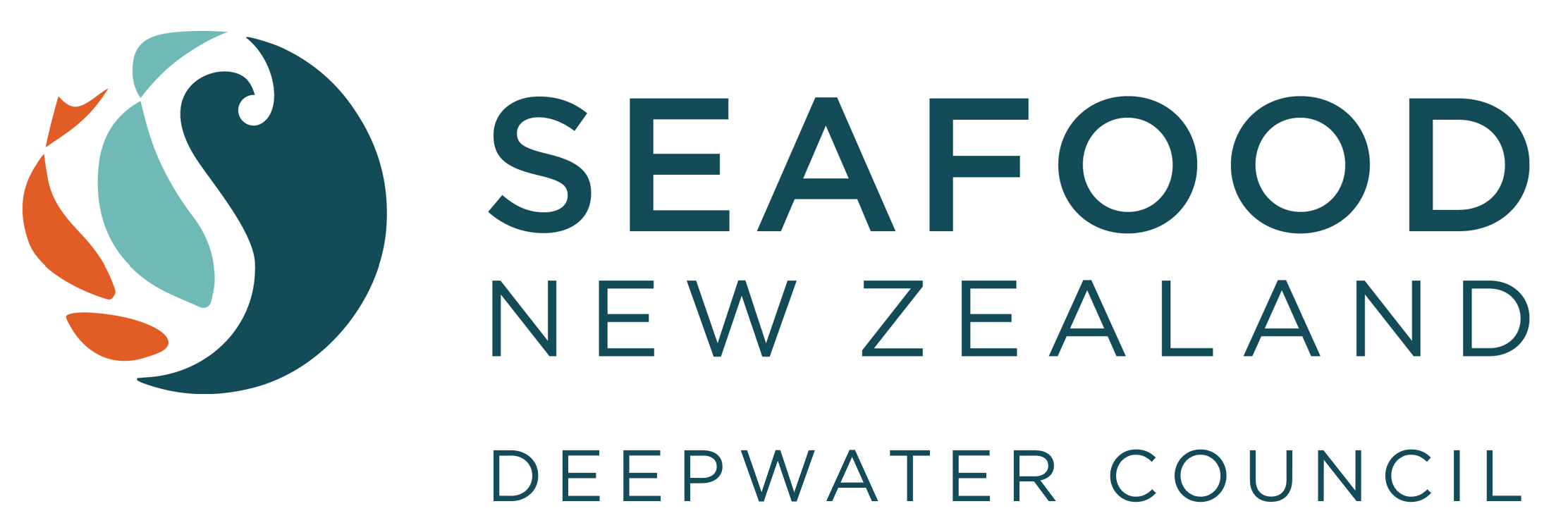Seafood Industry Welcomes Our Marine Environment Report
Published: 17 October 2019
Commercial fisheries' impact on the marine environment is reducing.
That is according to the Our Marine Environment 2019 report, jointly prepared by the Ministry for the Environment and Stats NZ, released in Wellington today.
Seafood NZ chief executive Tim Pankhurst welcomed the report, which raised warnings of the serious effects of climate change and other issues on the unique life in our oceans and coasts, but also recognised the positive progress that had been made in the fishing sector in particular.
Bycatch of most protected species is decreasing, the report said.
The seabird bycatch has halved, to an estimated 4186 seabird deaths in the 2016-17 fishing year, compared to 8192 in the 2002-03 year.
“We recognise this is still too many and our fishers are making strenuous efforts and adopting innovative technologies on a pathway to the ideal of zero bycatch,” Pankhurst said.
“This was recognised by both Conservation Minister Eugenie Sage and Fisheries Minister Stuart Nash at the presentation of Seabird Smart Awards to commercial fishers Dave Kellian of Leigh and Olaf Nilsen from Bluff at Te Papa last night.”
There had also been a decrease in sea lion bycatch in trawl fisheries, with three observed captures in the 2016-17 fishing year, compared to 12 In 2002-03.
There was also a decrease in bycatch of Maui and Hector’s dolphins, the report said.
The report recognises “toxoplasmosis has been identified as a potentially serious threat, particularly to female Maui and Hector’s dolphins. The disease has negative consequences for reproduction, behaviour and mortality and has been confirmed in nine dolphins that died between 2007 and 2018. The infection is caused by the parasite Toxoplasma gondii, which reproduces in cats, is emitted in their faeces, and carried to the sea.”
The report also notes “the number of commercial trawl and dredge tows has decreased in the past two decades and the area that is trawled is decreasing”.
It says fishing pressure has eased from a peak of 650,000 tonnes catch in 1997 and 1998 to a stable level of less than 450,000 tonnes today.
Secretary for the Environment Vicky Robertson acknowledged there was some "good news in the fishing sector" in launching the report at the Te Kopahou visitor centre at Owhiro Bay on Wellington's south coast.
She referenced reductions in accidental bycatch and trawling imprint in particular.
“In 2018, 84 percent of routinely assessed stocks were considered to be fished within safe limits, an improvement from 81 percent in 2009,” the report said.
Pankhurst said it would be more relevant to record the fact 95 percent of landings are from sustainable stocks, as confirmed in Fisheries New Zealand’s 2019 stock status report.
The marine environment report confirms activities on land are polluting our marine environment.
"Our aquaculture and inshore fishers are dealing with those impacts every day," Pankhurst said.
"Litter and plastics are increasingly problematic but perhaps the most pressing problem - one that we can do something about - is sedimentation.
"Estuaries and harbours and sheltered bays and coastlines are being smothered, killing seagrass meadows and seaweeds and kelp and other life in those rich habitats, with consequent impacts on the entire marine ecosystem."
The report centres on green-lipped mussels in Waikato harbours, where there is an estimated annual increase in sedimentation that is 200 times that since the arrival of European settlement.
But there is a similar impact throughout the country - Coromandel, the East Coast, the Marlborough Sounds, Tasman and Golden bays.
The sediment largely comes from urban development and soil washed from pastures and from forestry after felling.
"The controls on these activities are way too lax and are too often ignored in any case," Pankhurst said.
